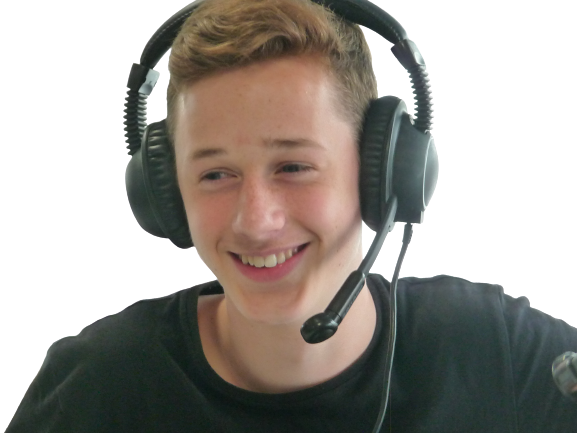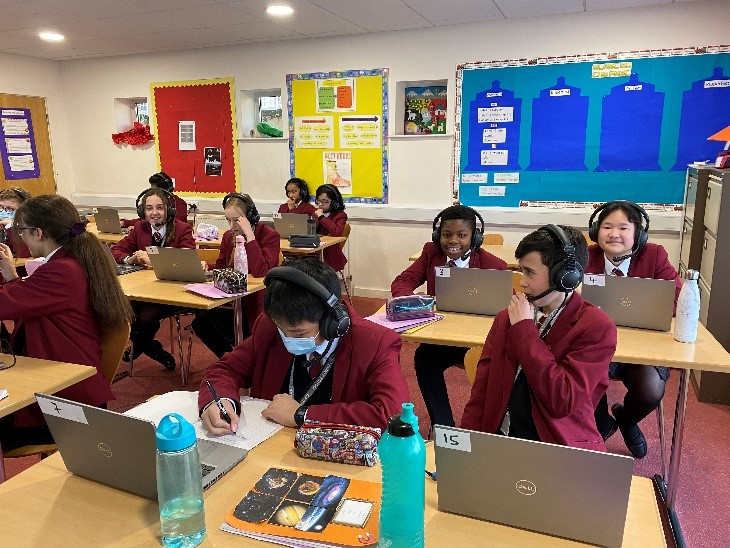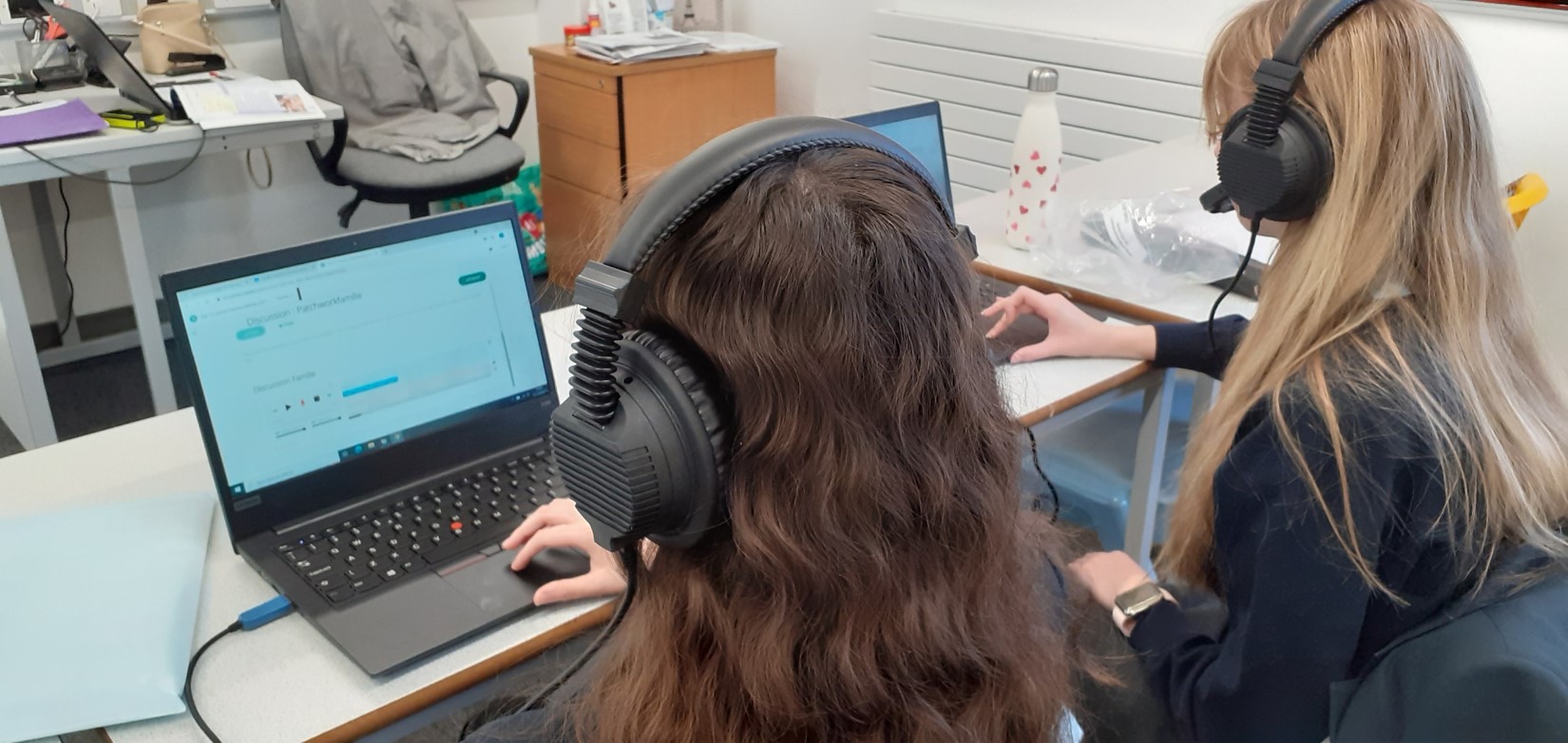How to increase Students’ Talking Time in language classes?
 In second language education, practice often makes perfect. A key to the mastery of any new language is the ability to actively engage in speaking and communication using the target language.
In second language education, practice often makes perfect. A key to the mastery of any new language is the ability to actively engage in speaking and communication using the target language.
Yet, in normal classroom environment, it’s often the teacher who dominates the conversation, inadvertently limiting the opportunities for students to express themselves verbally. Thus, arises the challenge for language educators: how can we increase students’ talking time in language classes?
This blog post aims to explore this very question, providing language teachers with a toolkit of effective strategies and activities designed to shift the spotlight from the teacher to the students. By creating a safe speaking environment where students are encouraged and empowered to actively participate in oral communication, language educators can pave the way for enhanced fluency, confidence, and proficiency in their learners.
We will delve into a range of innovative teaching activities aimed at increasing STT, while also examining the importance of striking a balance between student and teacher talking time (TTT). From role-playing scenarios to information gap activities, each strategy presented herein is crafted to promote meaningful interactions and authentic target language use in the classroom.
What is Students’ Talking Time and Teacher’s Talking Time?
In language teaching contexts, “students’ talking time” (STT) and “teacher talking time” (TTT) refer to the amount of time that students and teachers, respectively, spend speaking during a class or instructional session.
1. Students' Talking Time (STT)
- STT refers to the time during which students are actively speaking or participating in oral activities using the target language.
- It includes instances where students engage in conversations, discussions, debates, role-plays, presentations, and any other speaking tasks.
- STT is crucial for language acquisition as it provides learners with opportunities to practice and apply the language in real communication situations.
- Maximizing STT is a key goal in language teaching, as it allows students to develop their speaking skills, gain fluency, and build confidence in using the target language.

2. Teacher Talking Time (TTT)
- TTT refers to the time during which the teacher speaks or delivers instruction during a class.
- It includes explanations, demonstrations, instructions, modeling, corrections, feedback, and any other verbal input provided by the teacher.
- While TTT is necessary for guiding and facilitating learning, excessive teacher talk can limit opportunities for student participation and practice.
- Effective language teaching involves striking a balance between providing necessary input and allowing space for students to actively engage in speaking tasks.

3. Students’ Talking Time Ratio
- The Students’ Talking Time Ratio (STT ratio) is a measure used to evaluate the proportion of time students spend speaking relative to the total class time.
- It is calculated by dividing the total time students spend speaking (STT) by the total class time, including teacher input and other activities.
- A higher STT ratio indicates that students are actively engaged in speaking activities for a significant portion of the class, which is generally considered desirable in communicative language teaching approaches.
- Language educators often aim to increase the STT ratio by designing interactive tasks, promoting pair and group work, and providing opportunities for student-led discussions and presentations.
- Of course every classroom is different and not all classes have the same goal, but general rule of thumb is that teachers should talk 20-30% of the class time and aiming to have students talk for 70-80% of the class time.

STT and TTT are both important concepts in language teaching, with the goal of maximizing STT to foster active student engagement and language development. The STT ratio serves as a measure of the effectiveness of student-centered instructional practices in promoting language learning through meaningful communication.
Activities that increase students’ talking time
Here are some language teaching activities aimed at increasing student talking time in language classes
1. Role-playing scenarios
Divide students into pairs or small groups and assign them different roles or situations to act out. For example, you could have them simulate ordering food at a restaurant or negotiating a business deal. Teachers can arrange this activity by providing prompts or scenarios relevant to the language being learned. This activity encourages students to engage in meaningful conversations, allowing them to practice language in a realistic context. It is effective because it provides students with a clear purpose for speaking and fosters active participation.
2. Debates and discussions
Organize debates or discussions on controversial (and relevant!) topics related to the language or culture being studied. Students can be assigned positions to argue for or against, and they must use the language to support their arguments. Teachers can arrange this activity by selecting topics that are of interest to the students and providing relevant vocabulary and phrases to help them express their ideas. Debates and discussions promote critical thinking and argumentation skills while encouraging students to express themselves orally.
3. Information gap activities
Present students with tasks that require them to share information with each other to complete a task. For example, you could give each student in a pair a different set of information and ask them to exchange details to complete a chart or solve a problem together. Teachers can arrange this activity by creating worksheets or task cards with the necessary information. Information gap activities promote communication and collaboration between students as they work together to achieve a common goal.
4. Picture description
Provide students with interesting and relevant pictures or photographs and ask them to describe what they see to a partner or small group. Teachers can arrange this activity by selecting images that are visually stimulating and relevant to the language being learned. This activity encourages students to use descriptive language and practice speaking spontaneously. It is effective because it provides students with a visual prompt to stimulate conversation and fosters creativity in language use.
5. Think-pair-share
Pose a question or discussion prompt to the class and give students a few moments to think about their response individually. Then, have them pair up with a partner to discuss their thoughts before sharing with the whole class. Teachers can arrange this activity by providing clear prompts and monitoring the discussions to ensure all students are participating. Think-pair-share encourages active engagement and gives students the opportunity to articulate their ideas in a low-pressure setting before sharing with the whole group.
6. Use the latest Group Talk Technology
More language teaching systems, such as Sanako Connect online, offer live audio & video streaming activities. Thus allowing the teacher to create multiple group discussion activities simultaneously.
In each group the teacher can monitor the pair conversation discretely and offer support & guidance when need. When the activity is finished to teacher can collect back all student recordings for evidential purposes.
These example language learning activities are effective in increasing student talking time because they provide opportunities for meaningful communication and engagement with the language. By creating a supportive and interactive classroom environment, teachers can encourage students to actively participate in speaking activities and develop their language skills through practice and interaction.
Ask open-ended questions instead of yes/no questions
In addition to just using well designed learning activities, teachers should also think how they can adjust their own talking to encourage students to talk more. One way to do this is to ask open-ended questions instead of yes/no -questions.
Asking open-ended questions in the classroom, as opposed to yes/no questions, holds significant benefits for student engagement and language development. Open-ended questions prompt students to provide detailed responses, encouraging them to elaborate on their thoughts and ideas instead of just briefly answering the question with a simple yes/no. This not only fosters deeper understanding but also promotes critical thinking as students analyze, evaluate, and synthesize information before responding.
Additionally, open-ended questions increase student engagement by inviting active participation in the conversation, allowing students to share their opinions, experiences, and perspectives more freely. This engagement facilitates language development as students can practice expressing themselves fluently and accurately, using a wider range of vocabulary and language structures. Overall, the use of open-ended questions enriches classroom interaction, encourages meaningful communication, and enhances students’ language skills in a supportive and dynamic learning environment.
 Let’s challenge ourselves to move beyond traditional teaching methods and embrace a student-centered approach that empowers learners to communicate confidently and authentically. Experiment with these activities, adapt them to suit your students’ needs, and witness the transformative impact on their language proficiency and confidence.
Let’s challenge ourselves to move beyond traditional teaching methods and embrace a student-centered approach that empowers learners to communicate confidently and authentically. Experiment with these activities, adapt them to suit your students’ needs, and witness the transformative impact on their language proficiency and confidence.
Sanako Connect software is designed for creating a communicative and speaking-based language learning environment in the classroom and remotely. It prioritizes the development of students’ speaking, pronunciation, and listening skills, providing a comprehensive suite of tools and activities designed to address these critical areas.



